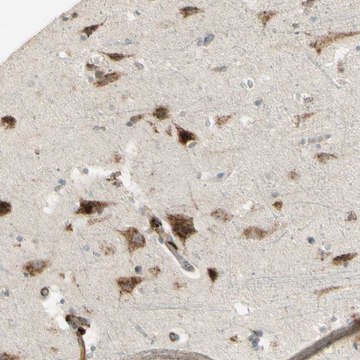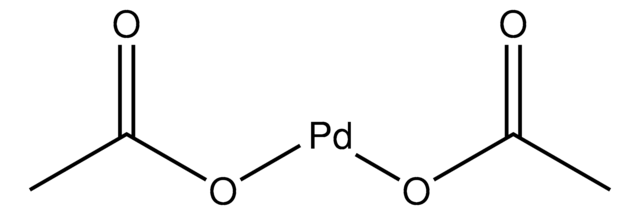330001S
Avanti
E06 mAb
E06 Mouse Monoclonal Antibody (IgM), Anti-(Oxidized Phospholipid), 1X PBS (Phosphate Buffered Saline) with 0.27 mM Na2 EDTA
Synonym(s):
E06 mAb, T15 antibody
About This Item
Recommended Products
antibody form
purified from hybridoma cell culture
antibody product type
primary antibodies
Assay
>95%
form
solution
packaging
pkg of 1 × 0.1 mL (polypropylene tube with screw cap (330001S-100ug))
manufacturer/tradename
Avanti Research™ - A Croda Brand 330001S
concentration
1 mg/mL (330001S-100ug)
shipped in
dry ice
storage temp.
−70°C
General description
Application
Packaging
Legal Information
Not finding the right product?
Try our Product Selector Tool.
Storage Class Code
12 - Non Combustible Liquids
WGK
nwg
Flash Point(F)
Not applicable
Flash Point(C)
Not applicable
Regulatory Information
Choose from one of the most recent versions:
Certificates of Analysis (COA)
It looks like we've run into a problem, but you can still download Certificates of Analysis from our Documents section.
If you need assistance, please contact Customer Support.
Already Own This Product?
Find documentation for the products that you have recently purchased in the Document Library.
Our team of scientists has experience in all areas of research including Life Science, Material Science, Chemical Synthesis, Chromatography, Analytical and many others.
Contact Technical Service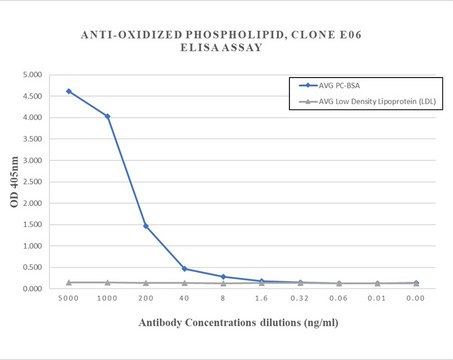
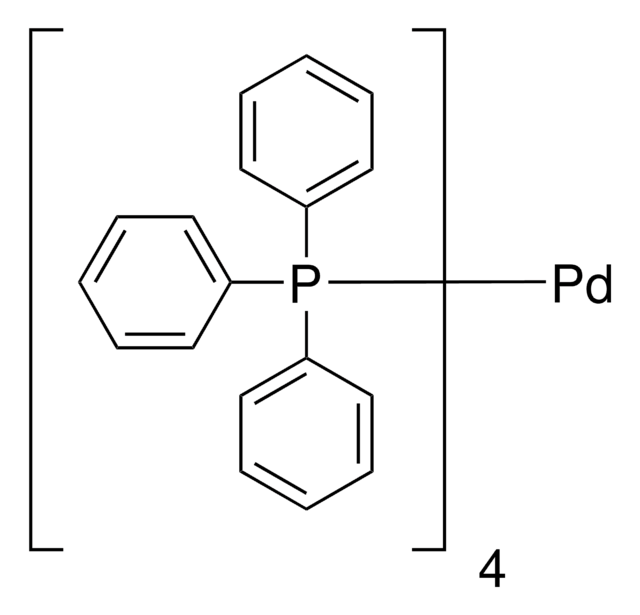
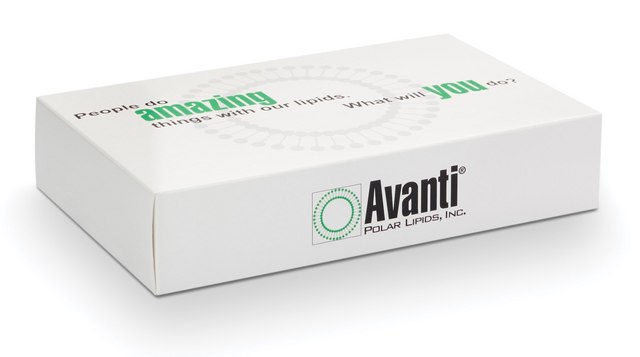
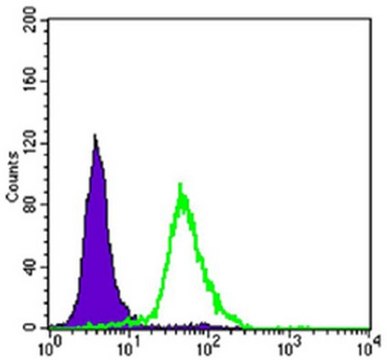
![[1,1′-Bis(diphenylphosphino)ferrocene]dichloropalladium(II)](/deepweb/assets/sigmaaldrich/product/structures/130/734/8846aa26-1858-458a-998d-8c306c13bf0f/640/8846aa26-1858-458a-998d-8c306c13bf0f.png)
